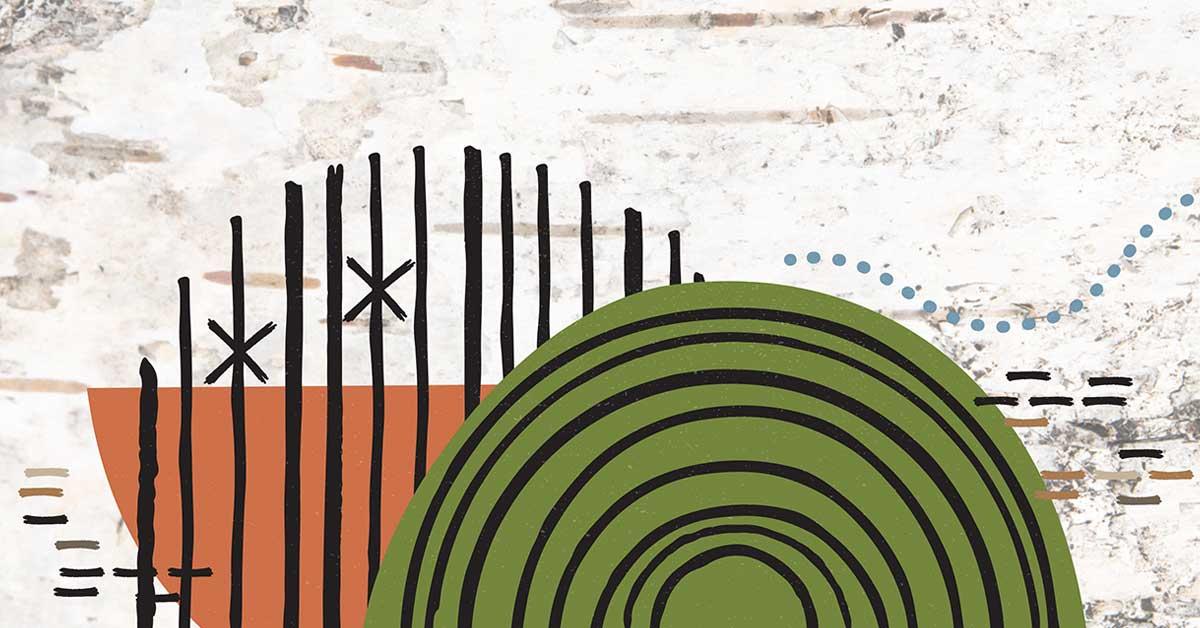The University of Ottawa recently released the Indigenous Action Plan (IAP), a document presented in four thematic areas that aims to mobilize the university community in creating an environment that reflects, enhances, includes and supports Indigenous culture and peoples on campus.
This is an important step in the process of Indigenizing the campus, and makes our commitment to Indigenous communities fully visible, sustainable and real. The IAP belongs to the university community and the action items are all of ours to implement together. It is also integrated into Transformation 2030, as the fourth objective in the strategic pillar, More Connected, which calls for the implementation of recommendations outlined in the Indigenous Action Plan.
This exercise is the result of extensive work by the Office of Indigenous Affairs in collaboration with internal and external stakeholders, including the Algonquin Anishinàbeg Nation Tribal Council, the Indigenous Education Council, members of First Nations, Métis and Inuit community members, as well as undergraduate and graduate student representatives.
The IAP is modelled on the structure of a wiigwaam [weeg-wahm], the traditional housing structure of Anishnàbeg people of the Ottawa region, including the Algonquin Nation. A wiigwaam frame is constructed with a combination of vertical structural poles, which are stabilized by horizontal hoops. The Plan is guided by the concept of these stabilizing hoops, as they represent the individuals, faculties, and services within the University of Ottawa ecosystem.
You will find the four hoops in brief below. For more information on the impacts, responsibilities, timelines and details for each of the four hoops, as well as follow-up actions, timelines and who is responsible, please see the full Plan.
Hoop 1
The Institution: Policy, procedural, service, and institutional betterment
The first hoop includes actions intended to bring about structural changes to the staffing, administrative practice, and governance of the university.
Hoop 2
Faculties, Departments, and Programs: Indigenous curriculum and research development
This hoop brings systemic intellectual change to the university landscape, in order to attract and retain Indigenous scholars and students while promoting campus-wide Indigenization via research and teaching excellence in multiple fields.
Hoop 3
The Physical Space: Aesthetic Infusion, Inclusion, Improvement
The third hoop binds together a group of actions intended to bring aesthetic and symbolic changes to the space we inhabit together on our campus.
Hoop 4
Indigenous Community: Internal and external engagement
Our final hoop promotes and facilitates the inclusion of Indigenous knowledge keepers and elders, communities, and organizations in the day-to-day experiences of students, faculty, and staff.
